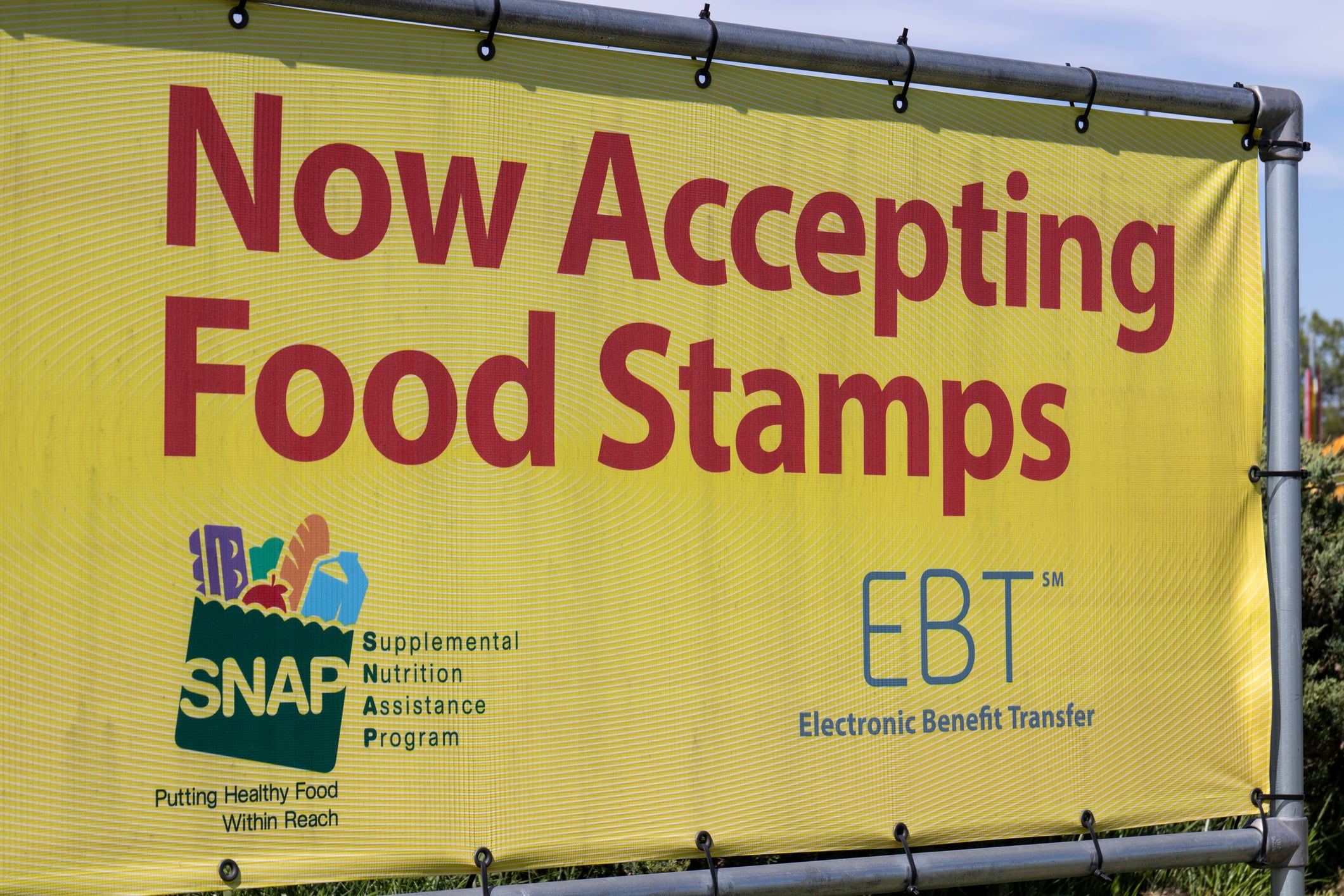Beef tallow, once relegated to niche culinary and wellness circles, is undergoing a renaissance – thanks in large part to social media influencers and HHS Secretary RFK Jr.
The animal fat is being touted as a “clean” and “ancestral” alternative to seed oils, aligning with growing consumer interest in traditional diets and natural ingredients despite a lack of evidence on its nutrition and health benefits, according to experts.
TikTok and Instagram have amplified the trend, with creators showcasing tallow-based cooking, skincare and even coffee add-ins. Some brands are racing to meet demand, scaling up production and launching new products to capitalize on the momentum.
Read the full story here: RFK Jr. and social media drive beef tallow market surge
Autumn flavors go beyond pumpkin spice
Pumpkin spice may still dominate fall menus, but 2025 is ushering in a broader palette of seasonal flavors.
Consumer fatigue is pushing brands to innovate with nostalgic yet novel profiles like cinnamon, caramel, citrus, banana, brown butter and toasted sesame, according to some marketing and flavor experts.
These flavors are appearing in everything from beverages to baked goods, with brands leveraging flavor technology to balance indulgence and health. The shift reflects a deeper trend: consumers are craving comfort, but with a twist. Expect more layered, complex flavor experiences this season as brands compete for attention in a crowded fall market.
Read full story here: Beyond pumpkin spice: The emerging fall flavors brewing in 2025
SNAP shifts reshape value-driven food innovation
Recent changes to the Supplemental Nutrition Assistance Program (SNAP) are rippling across the food industry.
New federal regulations and state-level waivers across at least six states are tightening restrictions on what benefits can be used for – especially targeting “unhealthy” foods. Items like energy drinks, salty snacks, cookies, frozen dinners and milk are among some of the top categories where SNAP households make up close to one-fifth of sales, according to Circana. This has prompted CPG brands to rethink their value strategies, focusing on affordability, nutrition, and transparency, according to Sally Lyons Wyatt, global EVP and chief advisor at Circana.
Some brands are reformulating products to meet health criteria, while others are investing in pushes like clearer labeling and community outreach to developing more prepared foods to bundle products as meal solutions. The result? A new wave of innovation aimed at serving low-income consumers without compromising on quality or taste. As food insecurity remains a pressing issue, these shifts could redefine how brands approach accessibility and equity in product development.
Read full story here: How CPG brands can navigate SNAP waivers and restrictions



